Since 2015, Dubai Design Week has made the capital of the United Arab Emirates a hive of cultural activity. This year, for its fourth edition, it was held from 12 to 17 November with over 200 events that took place in the Dubai Design District.
Many fields were represented, such as architecture, design, furniture, the graphic arts and new technologies. Each one offered an opportunity to promote the work of professionals from the Middle East, North Africa and South Asia.
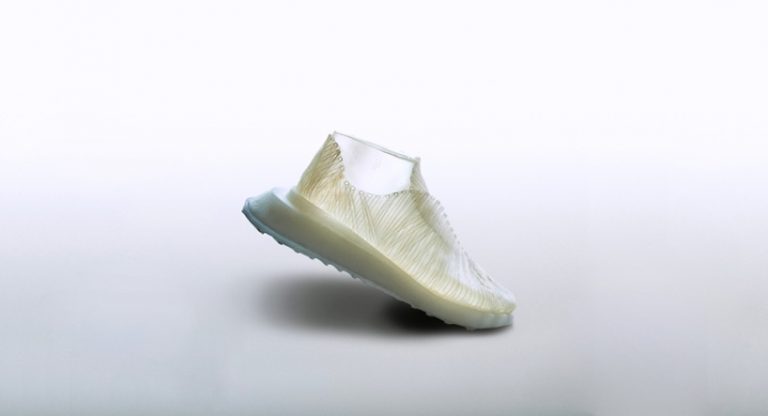
Selected by PROMOSTYL
the downtown design trade fair
Almost 175 international brands specialising in design were presented at the Downtown Design trade fair. Some forty local designers were also invited to reveal their new products. The trade fair was designed as a forum for discussion, with a series of 25 conferences scheduled, as well as a place of creation, with large-scale installations.
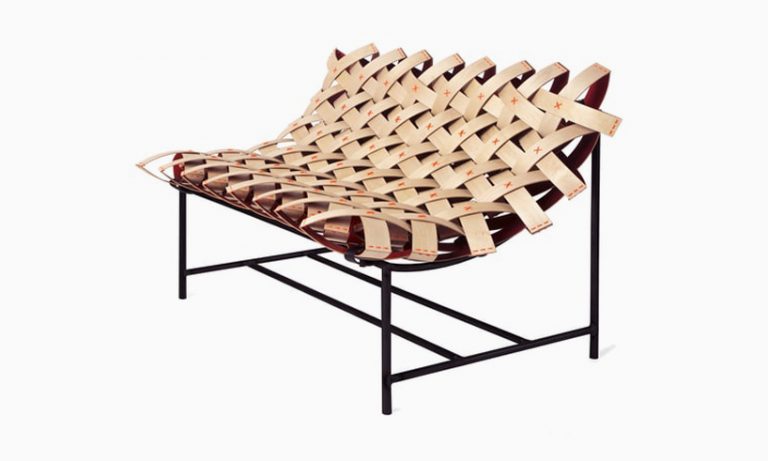
Selected by PROMOSTYL
The Global Grade Show
Another major event, The Global Grade Show welcomed students from the best design and technology schools in the world. 150 projects from 100 top schools were presented on the theme of innovation with a view to showcasing the talents of tomorrow.
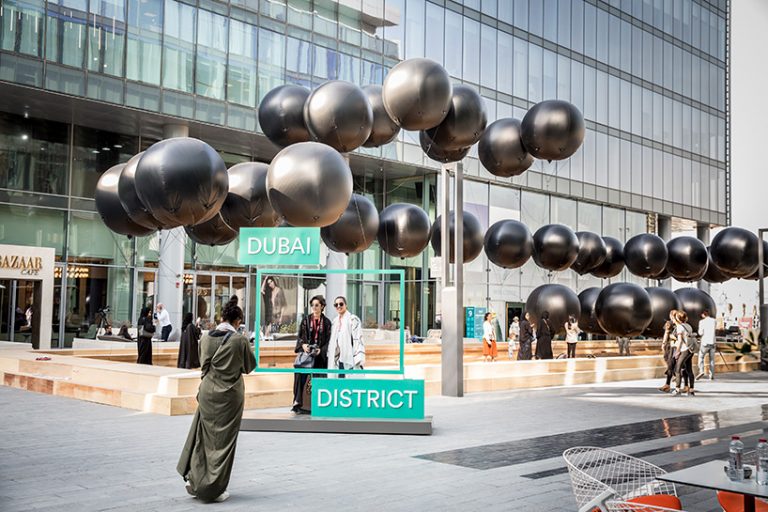
Selected by PROMOSTYL
the abwad exhibition
The Abwad exhibition takes its name from the Arab translation of the word “Doors”. Designers collaborated on the theme of “Between the lines”. Whether in concrete form or not, these lines defined ensembles, created ties or were legible in the landscape. This exhibition took shape with a set of five pavilions revealing regional know-how.

Selected by PROMOSTYL
One of these installations, “Circadian Light Synthesis” designed by Anarchitect played with natural and artificial light through two pavilions, with the aim of materialising the relationship of the human body with the sun and the moon.

Selected by PROMOSTYL
Abet Laminati joined forces with Paola Navone to create a giant puzzle. The pavilion’s structure was made up of separate pieces decorated with graphic motifs inspired by oriental prints.
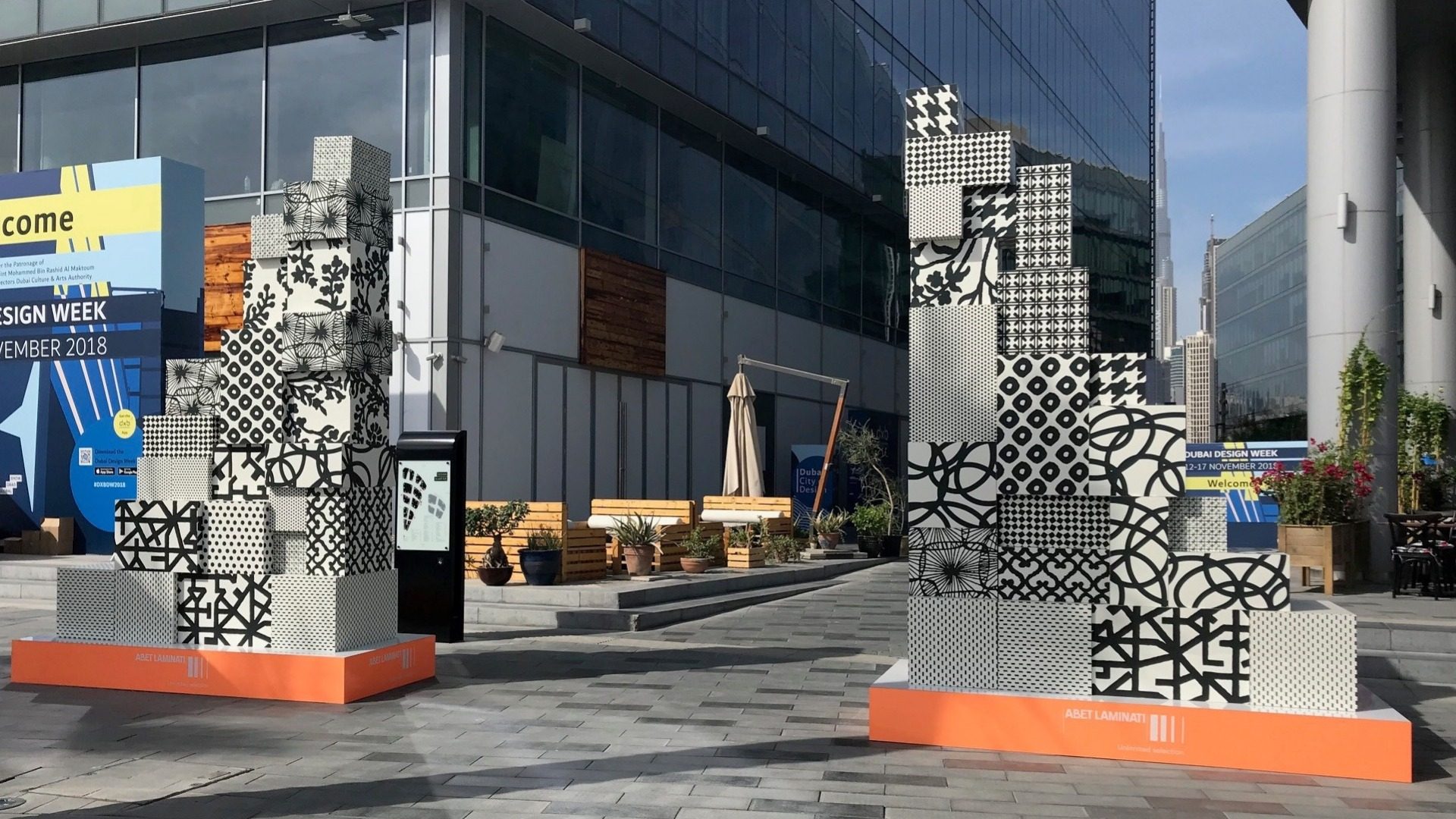
Selected by PROMOSTYL
“Parametric surfaces” by Superfuturedesign allowed visitors to experience augmented reality thanks to a three-dimensional surface.
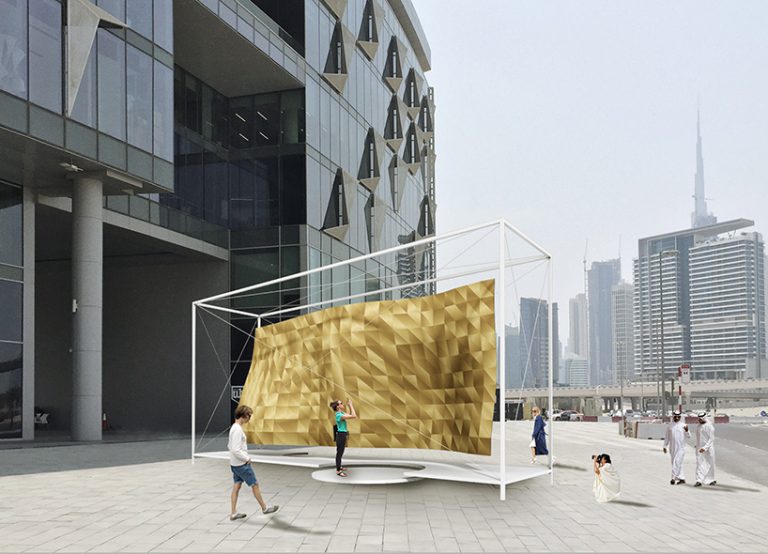
Selected by PROMOSTYL
Fatima Bint Mohammed Bin Zayed and the designer Roudha Al Shams created “Mesh” inspired by traditional yurts found in Afghanistan.
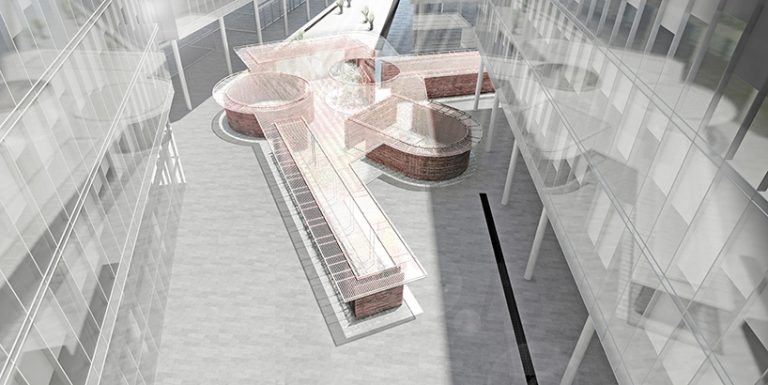
Selected by PROMOSTYL
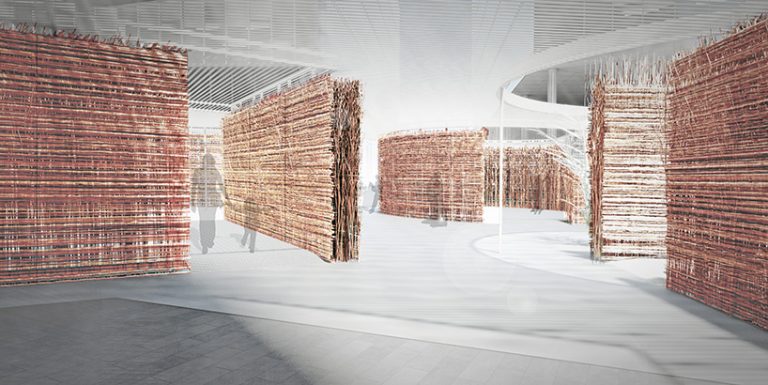
Selected by PROMOSTYL
Last but not least, Tabanlioglu Architects presented “housEmotion”, an illuminated pavilion composed of white rods supposed to represent a constellation, a symbol of unification.
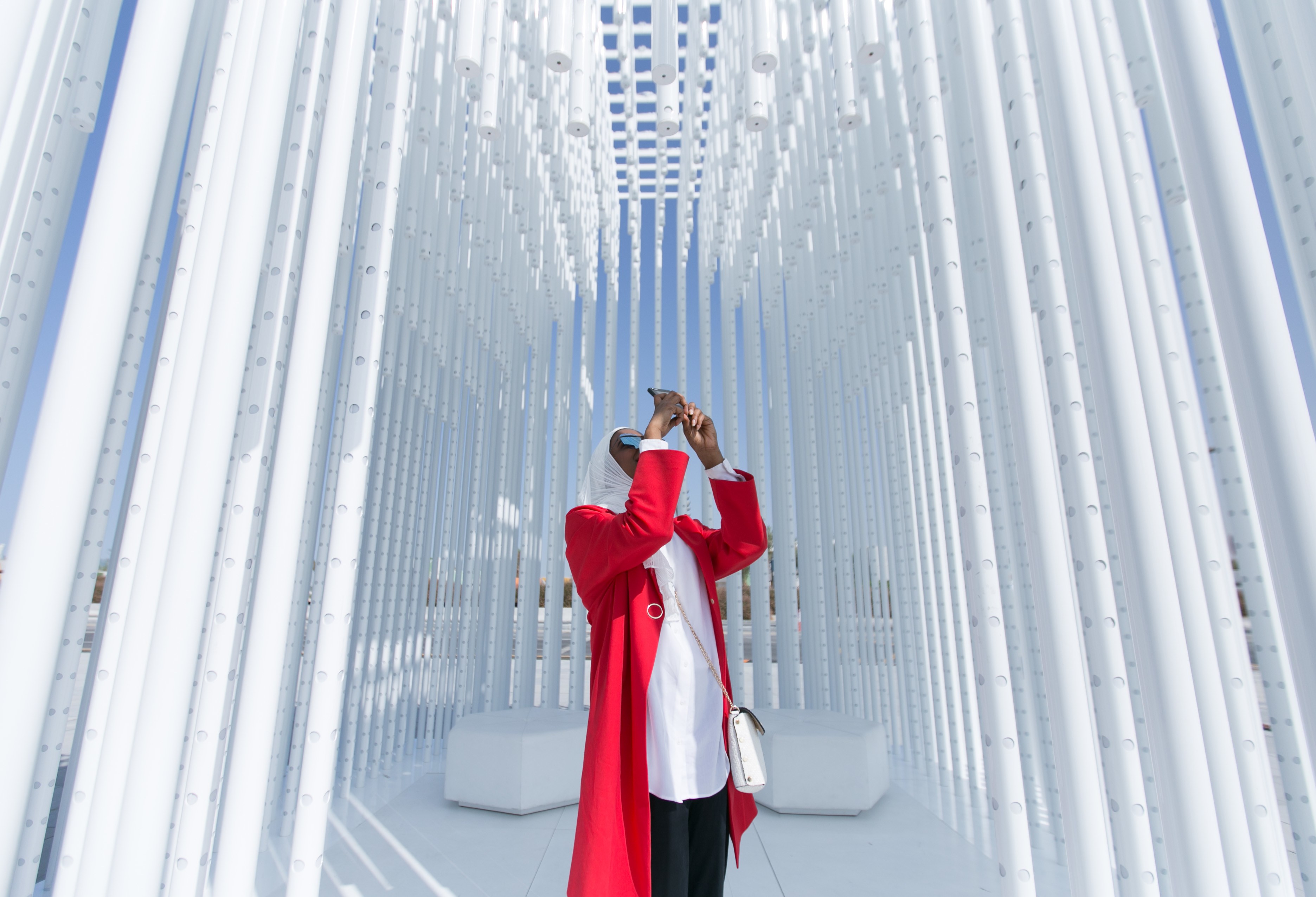
Selected by PROMOSTYL

